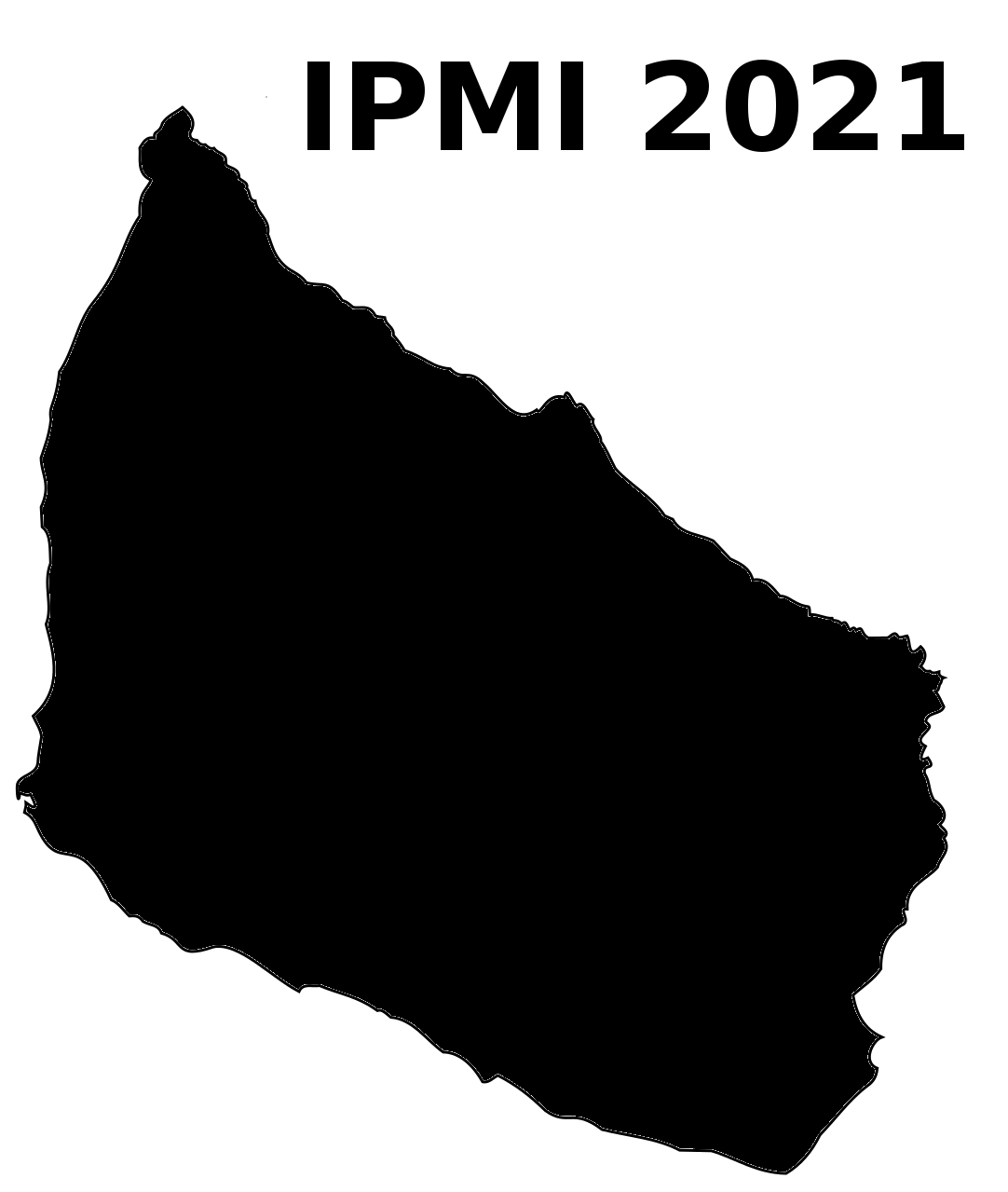Authors: Suprosanna Shit (TUM)*; Dhritiman Das (Massachusetts Institute of Technology ); Ivan Ezhov (TUM); Johannes C. Paetzold (TUM); Augusto F Fava Sanches (TUM); Nils Thuerey (Technical University of Munich); Bjoern Menze (TUM)
Abstract: Pressure inference from a series of velocity fields is a common problem arising in medical imaging when analyzing 4D data. Traditional approaches primarily rely on a numerical scheme to solve the pressure-Poisson equation to obtain a dense pressure inference. This involves heavy expert intervention at each stage and requires significant computational resources. Concurrently, the application of current machine learning algorithms for solving partial differential equations is limited to domains with simple boundary conditions. We address these challenges in this paper and present V2P-Net: a novel, neural-network-based approach as an alternative method for inferring pressure from the observed velocity fields. We design an end-to-end hybrid-network architecture motivated by the conventional Navier-Stokes solver, which encapsulates the complex boundary conditions. It achieves accurate pressure estimation compared to the reference numerical solver for simulated flow data in multiple complex geometries of human in-vivo vessels.
